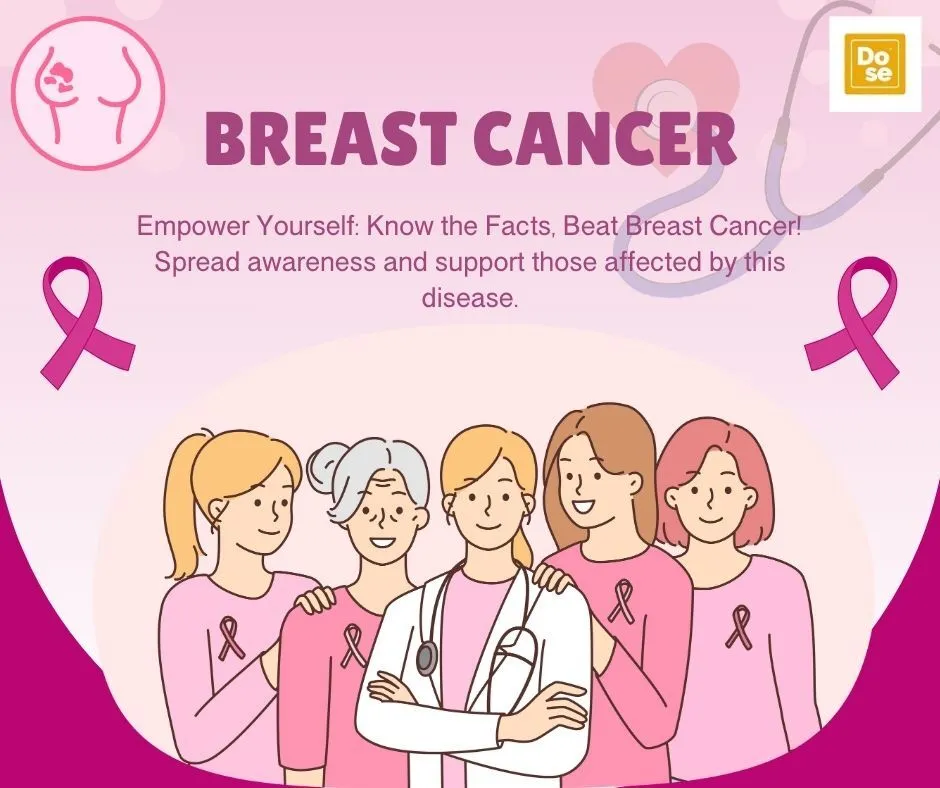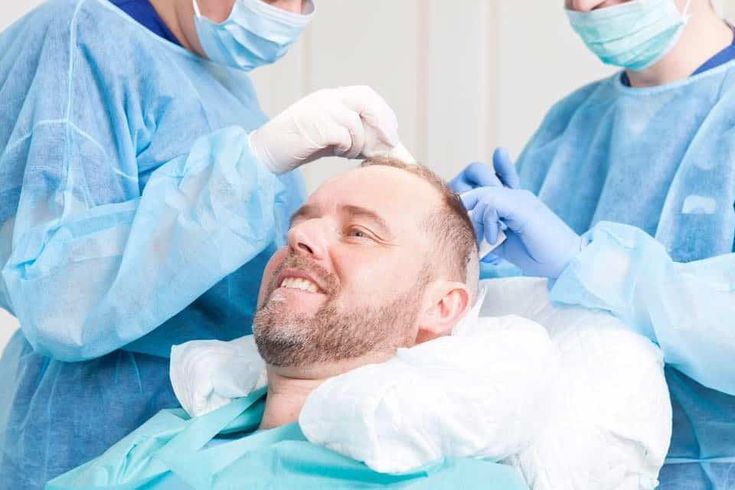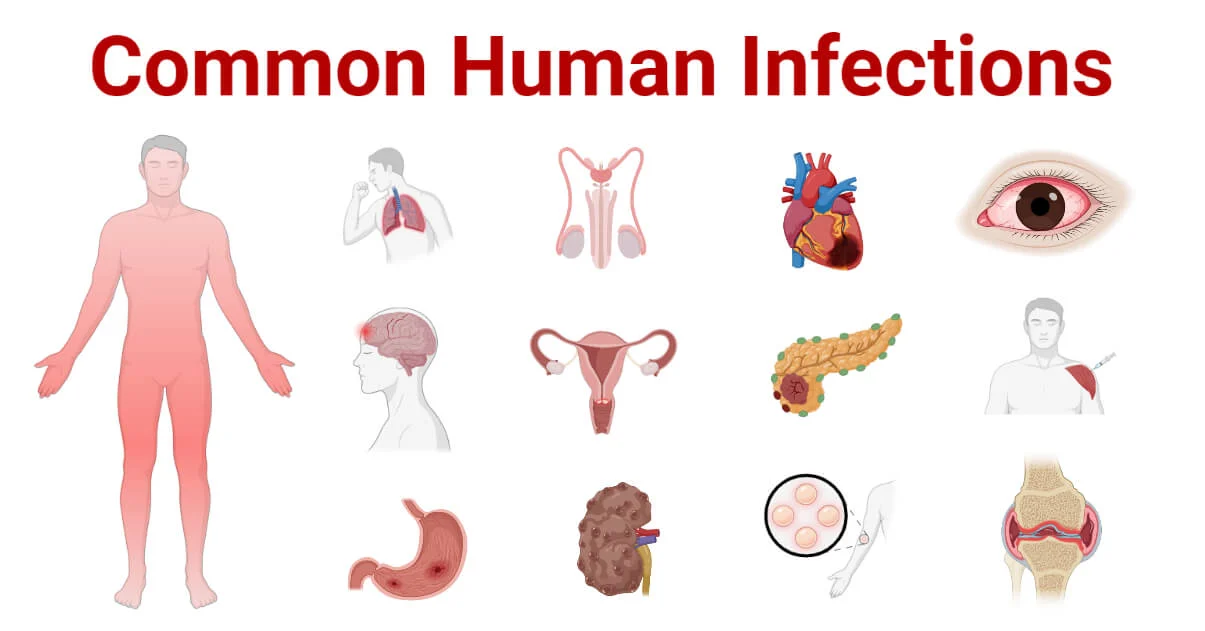Breast cancer remains one of the most common cancers affecting women globally, and while significant strides have been made in its treatment and detection, prevention is still a key strategy in reducing its incidence. By adopting healthy lifestyle choices, becoming informed about risk factors, and engaging in early detection practices, the risk of breast cancer can be significantly minimized. Buy raloxifene to reduce the risk and prevent the breast cancer. This blog explores proactive steps that can be taken to reduce the likelihood of developing breast cancer.
1. Understanding Breast Cancer Risk Factors
Before delving into prevention strategies, it’s essential to recognize the factors that increase the likelihood of breast cancer. Some factors, such as age and family history, cannot be controlled, but others—such as lifestyle choices—can be managed to reduce risk.
- Non-modifiable risk factors: These include genetics, age, and a family history of breast cancer. Women with mutations in the BRCA1 or BRCA2 genes, for example, are at a much higher risk.
- Modifiable risk factors: These include lifestyle factors like diet, exercise, alcohol consumption, and weight. By focusing on these areas, the risk can be substantially lowered.
2. Maintaining a Healthy Weight
Maintaining a healthy weight is one of the most important ways to reduce the risk of breast cancer. After menopause, the risk of developing breast cancer increases if a woman is overweight or obese. This is because fat tissue can produce estrogen, which can promote the growth of breast cancer cells.
To manage weight:
- Focus on a balanced diet rich in fruits, vegetables, lean proteins, and whole grains.
- Limit processed foods, sugar, and unhealthy fats.
- Incorporate regular physical activity into your routine to prevent weight gain and support overall health.
3. Staying Physically Active
Regular physical activity has been shown to lower the risk of breast cancer. The American Cancer Society recommends at least 150 minutes of moderate-intensity exercise per week or 75 minutes of vigorous-intensity exercise.
Exercise helps regulate hormones like estrogen and insulin, which have been linked to breast cancer development. It also boosts the immune system, aids in maintaining a healthy weight, and reduces inflammation, all contributing to lower cancer risk.
Activities like walking, swimming, cycling, or even gardening can make a difference. Finding something enjoyable can make it easier to stick to a routine.
4. Limiting Alcohol Intake
There is a clear link between alcohol consumption and breast cancer risk. Alcohol can raise estrogen levels in the body and may also damage DNA in cells, leading to cancer. Research suggests that women who consume alcohol regularly have a higher chance of developing breast cancer compared to those who do not.
To reduce risk:
- Limit alcohol intake to no more than one drink per day.
- If possible, consider eliminating alcohol altogether, especially for those with a family history of breast cancer.
5. Quit Smoking
Smoking is another factor that contributes to breast cancer, particularly in premenopausal women. Research has shown that long-term and heavy smoking can increase the risk. Quitting smoking not only reduces the risk of mammary cancer but also lowers the chances of developing many other cancers and health conditions such as heart disease and stroke.
6. Breastfeed if Possible
Breastfeeding has been shown to offer protection against breast cancer, especially if done for a year or more. The reason for this protective effect may be linked to hormonal changes that occur during breastfeeding, which delay the return of menstrual periods and reduce a woman’s lifetime exposure to estrogen.
Women who are able to breastfeed are encouraged to do so, as it can have health benefits for both the mother and the child.
7. Healthy Diet Choices
A well-balanced diet can help in preventing mammary cancer. While no single food can prevent the disease, certain dietary patterns have been linked to a lower risk. Eating a variety of nutrient-rich foods helps boost overall health and supports the immune system.
- Fruits and vegetables: Cruciferous vegetables like broccoli, kale, and cauliflower, as well as fruits high in antioxidants, are particularly beneficial.
- Whole grains: These are rich in fiber and have been associated with a lower risk of several cancers, including breast cancer.
- Healthy fats: Omega-3 fatty acids, found in fatty fish like salmon and flaxseeds, have anti-inflammatory properties that can help lower cancer risk.
- Limit red meat: Some studies suggest a link between high consumption of red and processed meats and an increased risk of mammary cancer. Limiting these foods can be a wise choice.
8. Limit Exposure to Environmental Toxins
Exposure to certain chemicals in the environment may also be linked to an increased risk of mammary cancer. These can include chemicals found in plastic products, household cleaners, pesticides, and cosmetics.
To reduce exposure:
- Choose products labeled as free of parabens, phthalates, and other harmful chemicals.
- Use glass or stainless-steel containers for food storage rather than plastic.
- Be cautious when using cleaning products and opt for non-toxic, natural alternatives.
9. Consider Medications or Preventive Surgery for High-Risk Individuals
For women who are at a higher risk of mammary cancer due to genetic mutations (such as BRCA1 or BRCA2) or family history, additional preventive measures may be considered. These can include:
- Preventive medications: Drugs like tamoxifen and raloxifene (ralista 60 mg) have been shown to reduce the risk of breast cancer in women at high risk. These drugs work by blocking the effects of estrogen in breast tissue.
- Preventive surgery: In some cases, women with a very high risk of breast cancer may choose to have a preventive mastectomy (removal of breast tissue) or oophorectomy (removal of the ovaries) to reduce their risk.
These options should be discussed thoroughly with a healthcare provider to understand the benefits, risks, and implications.
10. Regular Screenings and Self-Examinations
While lifestyle changes are essential in lowering mammary cancer risk, regular screenings are crucial for early detection. Early detection often leads to more effective treatment and a better chance of survival.
- Mammograms: These are X-ray images of the breast and are one of the most effective ways to detect breast cancer early, often before any symptoms are present. Women over the age of 40 are generally advised to have mammograms every one to two years.
- Clinical breast exams: Performed by healthcare providers, these exams can help detect lumps or other abnormalities in the breast.
- Self-examinations: Women should become familiar with the normal look and feel of their breasts through regular self-exams. Any changes, such as lumps, dimpling, or nipple discharge, should be reported to a doctor immediately.
Conclusion
While some risk factors for breast cancer, such as genetics and age, are beyond our control, there are numerous proactive steps that can be taken to reduce the risk. By maintaining a healthy lifestyle, limiting alcohol, quitting smoking, breastfeeding, and staying physically active, women can significantly lower their chances of developing mammary cancer. Additionally, regular screenings and self-awareness are vital for early detection and successful treatment. Prevention and early detection, combined with informed decisions about health, can make a substantial difference in lowering the risk of breast cancer.





One thought on “Prevent the Risk of Breast Cancer: Proactive Steps for Prevention”